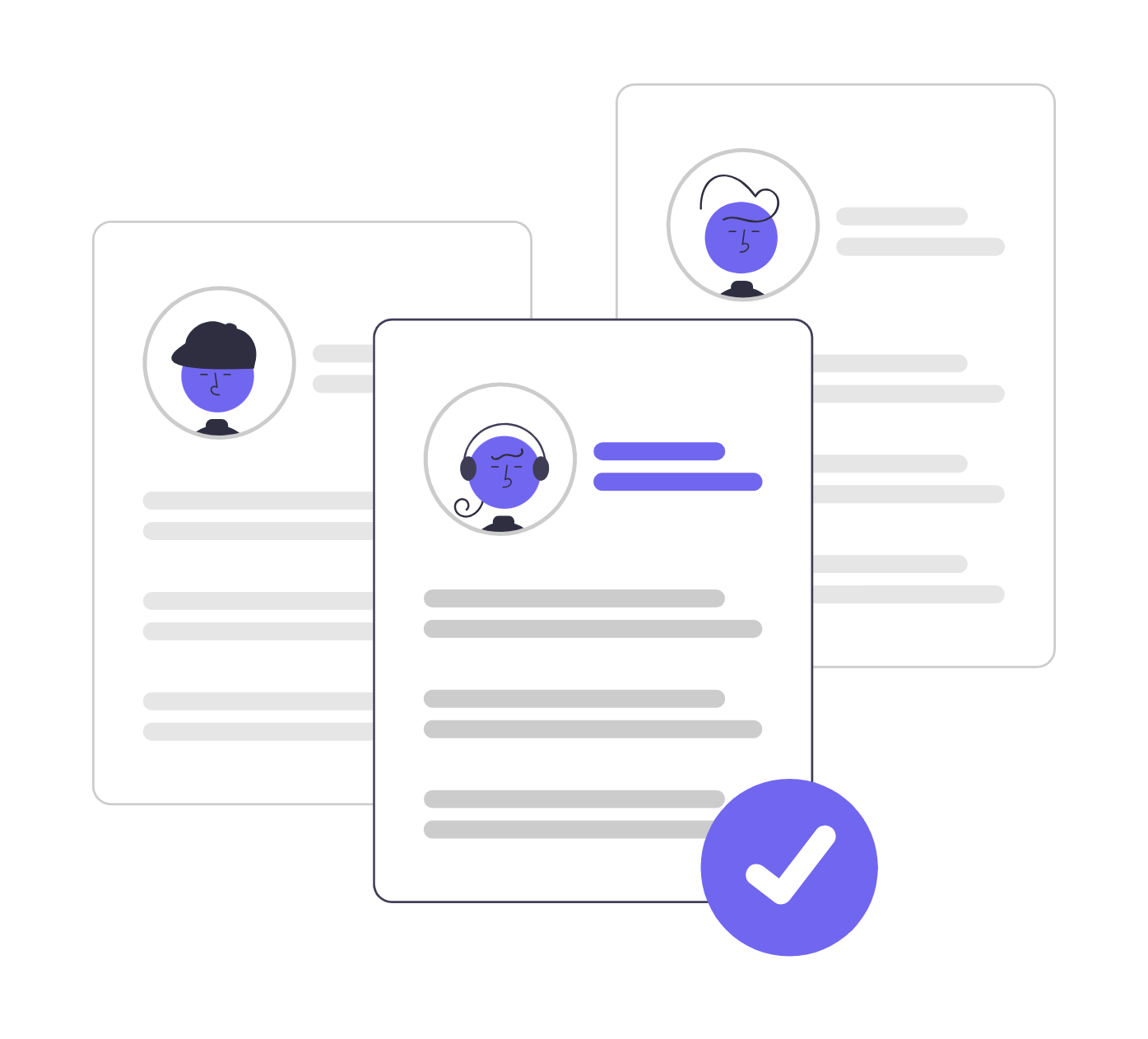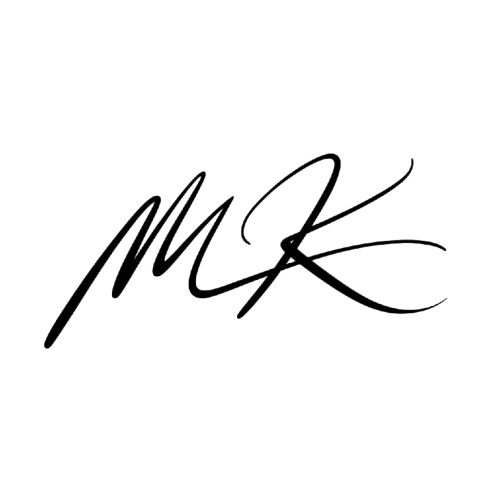Share
In every organization, one question quietly shapes the success or failure of every hire: Who’s really in charge of hiring—the HR team or the hiring manager?
It seems straightforward. But in practice, this question is the source of miscommunication, delayed hires, and even costly mistakes. Confusion over roles, responsibilities, and authority can leave top candidates in limbo and teams under-resourced for months.
This post clears the air. We’ll unpack the real differences between HR and hiring managers, explore how smart organizations divide responsibility, and show what happens when they don’t.
Are you struggling with recruiting at volume? If yes,you are probably dealing with too many applications or are overwhelmed with one-click AI applications. If you are tired of going through such challenges trying to identify the best candidate, Workscreen.io is your best solution to high volume recruiting. Workscreen.io eliminates the frustration of going through numerous applications and helps you identify the best talent quickly in high volume recruiting. We ensure that you focus on the best candidates to establish a team that delivers results. We will show you the easiest and most efficient way to do high-volume recruiting with Workscreen.io.
1. HR vs Hiring Manager: The Core Difference
At a glance, both HR and hiring managers are involved in recruitment. But they play complementary—not interchangeable—roles.
 Human Resources (HR):
Human Resources (HR):
- Oversees the company’s overall people strategy.
- Ensures hiring processes meet compliance, equity, and organizational standards.
- Manages the backend: job postings, initial screening, offers, onboarding.
 Hiring Manager:
Hiring Manager:
- Is typically the team leader or department head with a vacancy.
- Understands the technical and interpersonal needs of the role.
- Leads interviews, assesses candidates’ fit, and makes the final hiring decision.
Think of HR as the architect of the recruitment process—and the hiring manager as the person who lives with the outcome.
2. Who Actually Makes the Hiring Decision?
The short answer: the hiring manager does—but not in isolation.
In most structured organizations, HR vets resumes for baseline qualifications, compliance, and internal processes. But the hiring manager is the one who understands what will work in the context of their team.
A Reddit user on r/USAjobs puts it simply:
“HR gives me access to applications. I lead interviews, check references, and recommend the final hire. HR confirms qualifications and issues the offer.”
This model is common: HR facilitates the funnel, but the department with the need calls the shot.
Workscreen evaluates, scores and ranks applicants on a performance-based leaderboard—making it easy to spot top talent, save time, and make smarter, data-driven hiring decisions.

3. Why Hiring Managers Must Own the Outcome
Only the hiring manager:
- Knows the nuances of the role.
- Understands the team dynamic.
- Can judge culture and performance fit beyond a resume.
HR generalists, while essential, aren’t equipped to assess whether a software engineer can thrive in a fast-moving DevOps team, or if a sales candidate has the right grit for a high-stakes pipeline.
As one HR professional shared on Reddit:
“Unless HR works very closely with the department, we don’t know the team dynamic, the personality that fits, or the true skill needs. We shouldn’t be making final calls.”
When hiring managers disengage or are left out, organizations risk poor fit, higher turnover, and long ramp-up times.
4. What HR Actually Owns (And Should)
HR is not—and shouldn’t be—the final decision-maker. But their expertise is critical to a smooth, fair, and compliant hiring process.
Key contributions include:
- Posting and promoting jobs
- Creating structured interview workflows
- Screening for baseline qualifications
- Managing scheduling, documentation, and onboarding
- Ensuring legal compliance and equitable hiring practices
In short: HR builds the process. The hiring manager makes the call.
5. Real-World Models That Actually Work
Smart teams collaborate. Here’s what that looks like:
 Intake Alignment
Intake Alignment
HR and the hiring manager meet before the role is posted. They:
- Align on must-have vs nice-to-have traits.
- Create example candidate profiles (ideal, acceptable, not a fit).
- Define who owns each stage.
This avoids misalignment down the road.
 Joint Interview Panels
Joint Interview Panels
HR can participate in interviews—but with defined roles:
- HR evaluates for behavioral fit and company values.
- Hiring manager handles technical depth and role alignment.
This gives a full-picture evaluation without blurring responsibilities.
 Continuous Feedback Loops
Continuous Feedback Loops
As resumes and candidates come in, HR and hiring managers regroup:
- Are we seeing the right profiles?
- Is the screening bar too high or low?
- Should we adjust the job description?
This agile approach prevents wasted time and missed opportunities.
Workscreen helps you evaluate, score and rank applicants on a performance-based leaderboard—making it easy to spot top talent, save time, and make smarter, data-driven hiring decisions.

6. What Happens When You Get It Wrong
When roles are unclear or siloed, the impact is real:
- Delays in decision-making due to repeated handoffs.
- Candidate drop-off when no one owns communication.
- Mis-hires from unclear criteria or inconsistent evaluation.
- Finger-pointing when a hire fails but no one “owned” the outcome.
One HR generalist put it bluntly:
“We’re often asked to own everything—but then blamed when it doesn’t work. That’s not collaboration.”
7. 5 Collaboration Best Practices to Improve Hiring Outcomes
Here are five actionable ways to create a high-functioning hiring dynamic:
- Run a clear intake session before posting the job.
- Define who evaluates what—HR = process and fit, Manager = skill and performance.
- Use shared scorecards or rubrics to align feedback and reduce bias.
- Check in after every 5–7 candidates to recalibrate criteria if needed.
- Clarify ownership of the decision and communication—no ambiguity.
Easily administer one-click skill tests with Workscreen-This way you can assess candidates based on real-world ability—not just credentials like résumés and past experience. This helps you hire more confidently and holistically.

Conclusion: Alignment Isn’t Optional—It’s a Hiring Advantage
The best hiring processes aren’t run by HR or hiring managers. They’re built on intentional collaboration between both.
Hiring managers bring depth. HR brings structure. When both are aligned, you get faster hires, stronger teams, and fewer mistakes.
If your company hasn’t defined the line between HR and hiring managers, now’s the time. Because the cost of confusion isn’t just operational—it’s talent lost.
FAQ
A: No. The hiring manager typically works in the department where the role exists—such as marketing, engineering, or operations. They’re responsible for defining role requirements and making the final hiring decision. HR, on the other hand, facilitates the process by managing logistics, compliance, and onboarding.
A: Both play essential roles. HR usually owns the process setup, sourcing, and early screening (if applicable), while the hiring manager owns the job requirements, interviews, and final decision. A successful recruitment process depends on alignment between both parties.
A: Typically, HR handles salary negotiations, offer letters, and benefits discussions to ensure compliance and consistency across the organization. However, hiring managers may sometimes discuss role expectations or flexible terms, especially in smaller companies or startups.
A: Yes. Hiring managers usually lead the interviews, especially for assessing technical skills, team fit, and role-specific capabilities. HR may join to evaluate soft skills, culture fit, or to ensure the process remains compliant and structured.
A: It depends on the role and the company. For high-volume or generalist roles, HR may lead the initial screening. For specialized or senior roles, hiring managers are better suited to assess qualifications. Ideally, both should align early on the criteria. Tools like WorkScreen.io help by automatically screening and ranking applicants so neither side wastes time.

